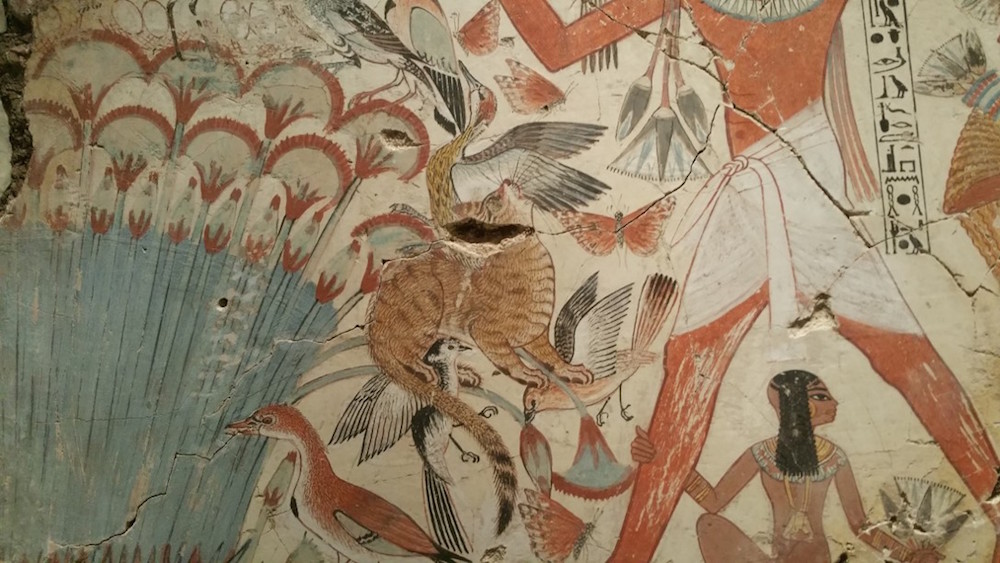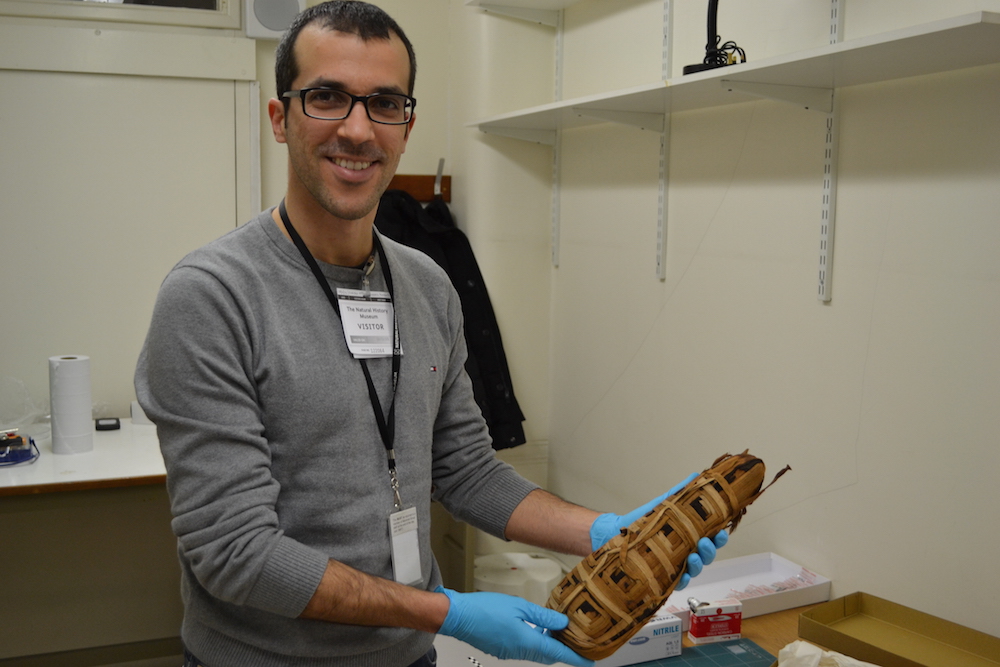Cat Tale: Ancient DNA Reveals How Your Kitty Came to Be

Modern cat lovers can thank the farmers of ancient Anatolia in the Near East for domesticating their fluffy friends about 10,000 years ago, a new study finds.
Cat domestication likely began when these furry wildcats began hunting rodents that were feasting on grains harvested by Neolithic farmers. The farmers welcomed the sly, four-pawed hunters, and eventually started relying on them to keep vermin at bay.
This defining moment happened in what is now modern-day Turkey, and these friendly felines quickly spread across the Old World as cat lovers moved across to the Bosporus Strait to Europe, the researchers found. [See the Remains of Ancient Cats from the Ancient World]
However, it wasn't until the Middle Ages, after thousands of years of living alongside humans, that some cats (Felis silvestris) developed fur with patch-like patterns, and not until the 19th century that they were bred to have fancy coats, the researchers found.
"This suggests that for a very long time, cats have not been subject to strong selection through breeding, and that the present-day breeds, in particular the fancy breeds, are mostly a modern 'invention' from the 19th century," said study co-senior researcher Eva-Maria Geigl, a research director at the French National Center for Scientific Research.
Traveling cats
Archaeologists once thought that the Egyptians domesticated cats about 4,000 years ago, but that changed in 2004 when researchers reported on a 9,500-year-old cat and human burial in Cyprus, Live Science previously reported. Moreover, in 2013, another study suggested that cat domestication began 5,300 years ago in China.
The new study is the first to examine the DNA from a vast number of domesticated cats remains, ranging in age from 100 to 9,000 years ago, said Geigl, who is also head of a group at the Institute Jacques Monod, a biology research center in Paris.
Get the world’s most fascinating discoveries delivered straight to your inbox.
It's nearly impossible to tell the difference between domesticated cats and the five known subspecies of wildcat simply by looking at their skeletal remains. So, to get to the bottom of the cat domestication mystery, the researchers analyzed the DNA from the bones, teeth, skin and hair of more than 200 cats found at archaeological sites in the Near East, Africa and Europe.
"Our group had devised a new barcoding method that is very sensitive and efficient, and allowed us to analyze the many highly degraded samples," Geigl told Live Science in an email. (In barcoding methods, scientists use a short genetic stretch of DNA to identify specific species.)
The results revealed at least one and possibly two lineages of cats led to modern kitties. One lineage — Felis silvestris lybica, a subspecies of wildcat found in the Near East, including Anatolia — spread with humans into what is now the European countries of Bulgaria as early as 4400 B.C. and Romania as early as 3200 B.C., the researchers found.
"The cat, being a territorial animal, does not move a lot on its own," Geigl said. "The archaeological and historical records tell us that cats probably were translocated mostly through ships, since the spread was relatively fast."
In contrast, the Egyptians domesticated a lineage of African cats, including some they mummified. This Egyptian lineage spread across the Mediterranean along trade routes during the first millennium B.C., likely as sailors took cats aboard to hunt vermin, the researchers found.
Once these boats docked, these Egyptian felines pitter-pattered off, and mated with local cats, both tame and wild, giving rise to hybrid kitties. For instance, Egyptian cat remains were found at the Viking trading port of Ralswiek on the Baltic Sea in the seventh century A.D., Geigl said. [Images: Ancient Egyptian Kittens]
"It's still unclear, however, whether the Egyptian domestic cat descends from cats imported from the Near East or whether a separate, second domestication took place in Egypt," study lead researcher Claudio Ottoni, a paleogeneticist Leuven University in Belgium, said in a statement. "Further research will have to show."
Fancy coats
Most ancient cats had stripes like their wild ancestors, according to DNA analyses of a single point mutation (the changing of one DNA "letter") in their genes, the researchers found. Likewise, Egyptian murals also depict striped cats, the researchers said.
"Interestingly, the Egyptian iconography depicts an evolution of the relationship between cats and humans from the third to the second half of the second millennium B.C.," Geigl said. "The cats in the representations start off as a wild, fierce animal killing the snake that threatened the sun god Ra; later it is depicted as an animal that hunts birds in the marshes together with men, and then it is depicted under the chair of noble people."
But in the Middle Ages, cats with "blotched," or patched coat patterns, became more prevalent, the researchers found.
"[We] saw that the point mutation indicative of the blotched pattern arose only after the 13th century in the Middle East, and became frequent in the following centuries," Geigl said. "This means that the cat became a companion of humans without changing much. For a long time, it was a very useful animal that eliminated pests and venomous animals and did that naturally, nobody had to tell them or had to breed them in order to achieve this result. It became a pet probably much later."
The study was published online today (June 19) in the journal Nature Ecology & Evolution.
Original article on Live Science.

Laura is the managing editor at Live Science. She also runs the archaeology section and the Life's Little Mysteries series. Her work has appeared in The New York Times, Scholastic, Popular Science and Spectrum, a site on autism research. She has won multiple awards from the Society of Professional Journalists and the Washington Newspaper Publishers Association for her reporting at a weekly newspaper near Seattle. Laura holds a bachelor's degree in English literature and psychology from Washington University in St. Louis and a master's degree in science writing from NYU.




